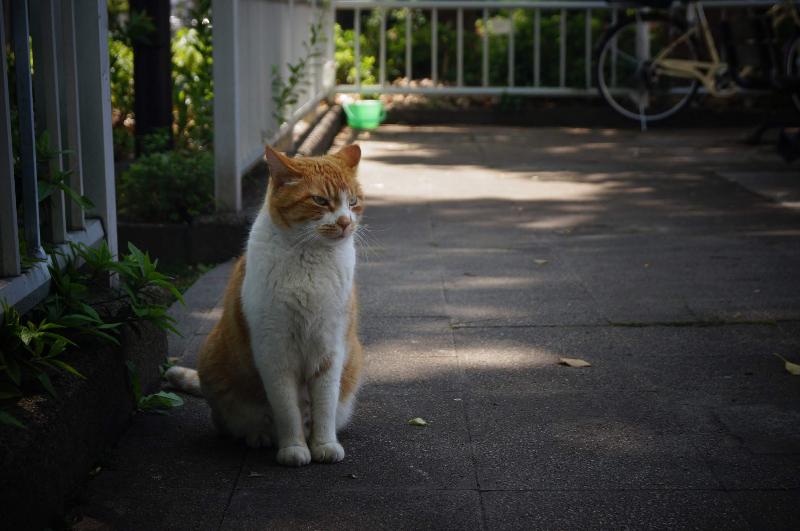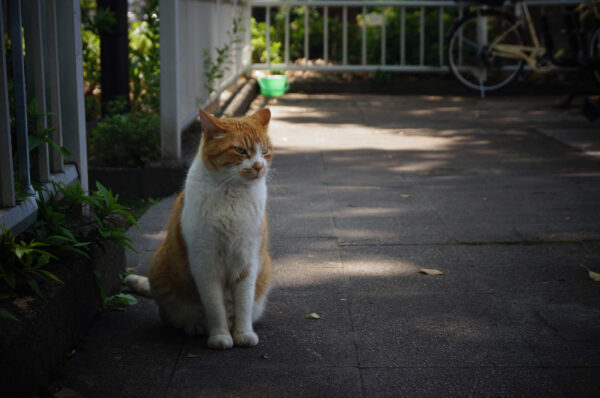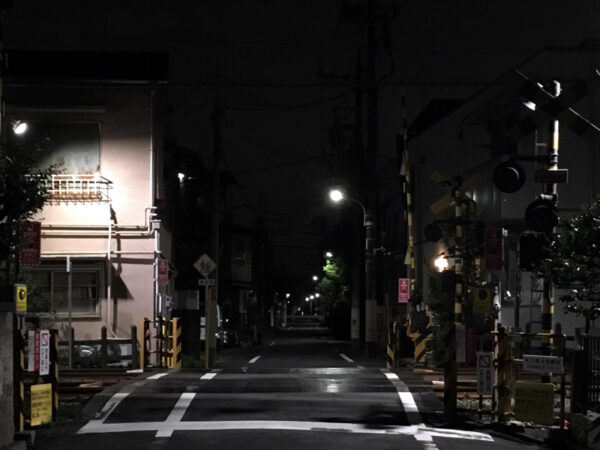Not Two Homes, Not Many Homes, Just One Easy "Free Base" for Everyone

I once thought about having two homes, one in America and one in Japan. So, I stayed in the Tokyo area for a bit. But then I realized, "One place to come back to is enough." I don't need to build or buy a house.
But does that mean I won't spend time in Japan? Not really. My perfect plan isn't a trip or moving for good. It's more like staying in a place for a while, feeling like I live there, but not permanently.
Share Houses: An Easy Start
My first idea was a share house. They're much easier to rent than regular apartments. The best part is, you don't need a guarantor, a security deposit, or a lot of money upfront. The rent is low, too.
Plus, you don't have to set up electricity, gas, or water yourself, so you can start living right away. Many share houses also welcome foreigners, which makes it easier for me to get the papers I need since I don't have an address in Japan.
Share houses usually have shared kitchens, toilets, and showers, so you don't have to clean them yourself. It's more like renting a hotel room. And when I go back to America, I can just leave with one key. It seemed like a good idea for a "two-base" life.
The "All-You-Can-Stay" Idea: address.love
Next, I looked into something called "address.love," which is an "all-you-can-stay, multi-base living platform." The coolest thing about it is that you can stay as much as you want for ¥44,000 a month. That includes utility bills, and you don't need to pay any big upfront fees like deposits. They even have furniture and appliances! I thought, "This is it! This is perfect!"
But then I ran into a small problem when I tried to sign up. You can only stay at one address location for up to two weeks. After that, you have to move to a different address. As of August 2021, there are over 180 address locations across Japan. So, I thought, "I'll just move to a new one after two weeks!"
But I realized it's not that simple. In Tokyo, there are many locations, so it's not a big deal. But in Fukuoka, for example, there are only three places. You'd have to move between Fukuoka City, Kitakyushu City, and Yanagawa City (which are pretty far apart if you don't have a car or motorcycle). That just didn't feel relaxing. So, for now, I'm watching to see how it goes and thinking about using other similar services like HafH at the same time.
My "Free Base": Hotels, Ryokans, and Dorms
Finally, I didn't plan for two bases or many bases. I just realized I had a "free base" using hotels, traditional Japanese inns (ryokans), and dorms. These are just the lodging places that have always been around.
Back in the old days (Showa era), you didn't know if you could get a reservation, how much it would cost, where it was, or if the room would be clean until you got there. But now, with apps like booking.com and agoda.com, you can book a place anywhere, anytime with your smartphone. That's how I achieved my "free base"!
Both booking.com and agoda.com have similar prices and almost the same hotels. But the booking.com app was a tiny bit easier to use, so I only used Agoda if I couldn't book with booking.com. But I recommend both!
You can find single beds in the Tokyo area for about ¥2,000 a night, and dorms often cost ¥1,500. On average, you can stay for around ¥2,000 a night. So, if you stay for a month, it's about ¥60,000. If you think of it as renting a ¥60,000 share house in Tokyo, it's totally fine.
Best of all, I don't have to pay rent when I'm back in America. And if I find a hotel I like that has openings, I can stay as long as I want! That's a great feeling.
Now, when I go to Japan, I just hop on a plane without any plans. On the train to the airport, I pull out my smartphone, book a place to stay, and don't worry about a thing. The day I land at Haneda Airport, my city life in Japan begins!


